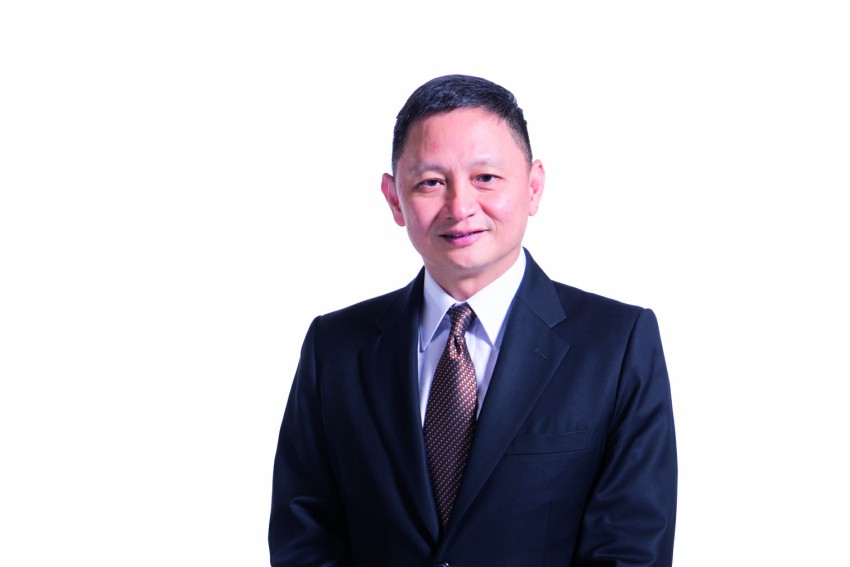

Singapore Airlines (SIA) has long been the gold standard which other carriers have struggled to match, especially in the highly competitive Asian travel market. Here, CEO GohChoonPhong explains how the airline is working to keep its edge through better routes and digitalization as well as its ambitious plans for the United States.

Everyone is talking about the ASEAN community, but one of the challenges of the region in is connectivity. What is the role of the transport sector in increasing that connectivity and how important is it for the development of trade of goods and of people?
ASEAN is today a sizable market with a combined population of around 640 million, more than US$2.5 trillion in GDP, and set to be the fourth biggest economy as a single market by around 2030 after the U.S., China and the E.U. Clearly, for the movement of people and goods, which are really the engines that help to build all the growth that is happening in ASEAN, they are absolutely important. There are a lot of economic spinoffs when it comes to connecting two points. Hence you see that the Singapore government and ASEAN governments as a whole have been trying to increase the connectivity within ASEAN, and from ASEAN to the rest of the world. It has led to movements towards ASEAN Open Skies and that has since allowed a lot more connectivity between the member countries.
If you look at Singapore Airlines for example as a group, today we fly to all 10 ASEAN countries, serving more than 40 destinations and as countries within ASEAN develop further, there will be a need for even more connectivity.
A lot of multinationals have their HQ here and Singapore is acting as an economic center point for the region. How important is it for Singapore to maintain that status in terms of being a hub? What has been the impact of this transformation for example on Singapore?
Singapore serves as a very attractive regional hub helped by its very pro-business approach and the fact that Singapore is a very comfortable, high quality living environment for expatriates and citizens.
The connectivity from Singapore to many parts of Asia is again another consideration. Oftentimes you hear that people find it very convenient from Singapore to travel to any other parts of Asia. In fact, when they travel between two points in Asia, sometimes they come back through Singapore because it is just much more convenient to do so. The Singapore government's farsighted way of approaching investment infrastructure is yet another important aspect that would ensure that Singapore continues to be in the leading position.
The leveraging of technologies is a very important aspect of this development because these days everybody has a smartphone and being able to get in touch with our customers and with travelers who come to Singapore to provide them with the necessary proactive personalized service is an important aspect.
From SIA's perspective, leveraging digital technology is absolutely a key for the future. We don't have a domestic market, we serve the international market. We want to be able to provide personalized as well as pro-active service, and use of technology is very important to enable us to get to understand the needs and profile of our customers better so that we can anticipate what they require and to be able to serve them in a manner they appreciate.
What is your objective for your end-consumers through digitalization? How do you believe it will change the experience with Singapore Airlines?
First, we want to be able to leverage the digital platforms and tools to help us better serve our consumers. Here there are two keywords, to be more proactive and to be more personalized. It will be virtually impossible for our 8000-plus cabin crew to know all our customers’ needs. We must develop a way to capture those profiles and then to be able to present it to our crew and so that they understand how the particular customers would like to be served.
At check-in for example, if we know that customers always like a more comfortable seat when they check in, the agents can offer them a potential upgrade with a certain fare. That is one aspect at check-in but onboard the plane our cabin crew would get to know, for example, the customer's preferred reading material, what kind of drinks they like, what kind of food they like, or whether they like sleep, whether they like to be woken up for certain meals, the way they would like to be greeted, all those things can be captured so that our crew can be more personalized when we approach individual customers.
This year you received a lot of new planes as part of a very big investment that you are doing into the United States. What does this mean for Americans to fly directly to Singapore?
We bought new modern aircraft based on the latest technology. We ordered more than US$50 billion worth of aircraft, including the A350s, as well as 787-10s.
The Boeing 787-10 actually is an aircraft that we are the launch customer for, and so is the A350-900 ultra-long range (ULR). The A350ULR has a carbon composite airframe plus is very efficient with new generation engines.All these make it possible for us to look at operating more direct flights from Singapore to the United States in a commercially viable manner. The direct connectivity will facilitate more traffic flows between the United States and Singapore. We already have nonstop flights to San Francisco. After the Newark flight in October we’ll launch the nonstop to Los Angeles.
0 COMMENTS